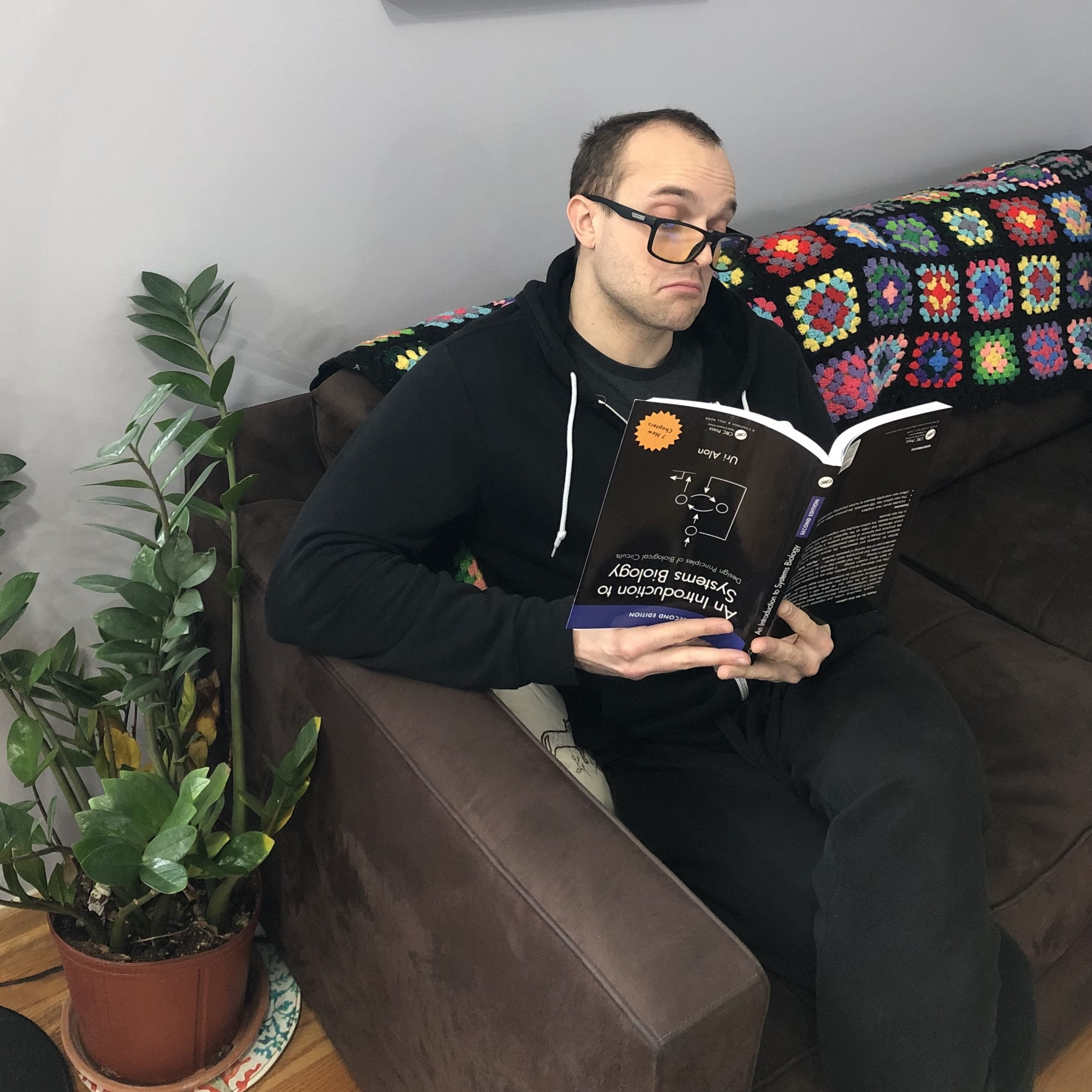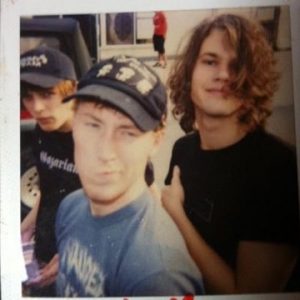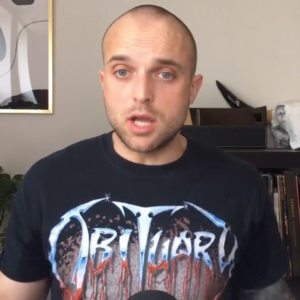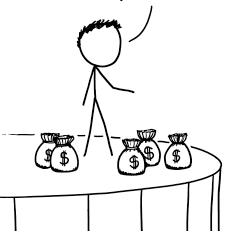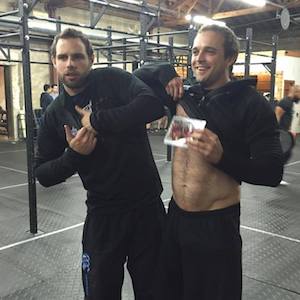Learning is a super power.
And, if you learn how to each, then you’ve compounded that super power.
Not only can you acquire skills, but you can pass them on to others and quickly level up both yourself and your entire organization.
I’ve put a lot of thought into both learning and teaching over the last few years. I look back with regret on my own bad learning habits, but I’ve also learned – through an interplay between real-life experience and abstract content consumption – a lot about teaching and understanding how to make knowledge actually “stick.”
If anyone reading has any thoughts, ideas or resources on improving transfer of learning, please send them my way as well.
Check out the full episode below to learn:
- The most important thing that I’ve learned that has helped me learn – and teach – more effectively than anything else
- How to blend “theory” and “practice” so that what you’re learning sticks
- Why “genius” and “talent” isn’t always something that you’re born with – and how people develop elite level skills
Check out the episode at the links below. If you enjoyed the episode, the best way to support the show is to share with your friends, so send them a link.
Listen Here
- iTunes
- Overcast
- Google Play
- mp3
- Or stream here:
- If you’re enjoying the show, why not a leave a review? It makes a difference in terms of other people finding the show.
Show Notes:
- [00:09] Learning and teaching are superpowers. Not only can you level up your own skills – if you can pass that information on, you can level up everyone in the organization.
- [03:33] Understanding one thing has dramatically improved my ability to teach and pass along skills: People need to be solving a problem in order to learn effectively
- [10:41] What is the optimal blend of theory and practice? Some people end up doing a bunch of “drills” and “skill transfer” exercises that result in little real progress. Others spend a lot of time on “book learnin” that doesn’t have practical application. How do the best blend the two?
- [17:40] Transfer from practice scenarios into real life application is extremely difficult. How can we create practice scenarios that recreate the chaos and unpredictability of real life?
- [24:44] Pattern matching and “chunking” facilitates creativity and understanding of nuance – and also creates the illusion of “genius” or “talent.”
- [30:55] Better improving the transfer problem is probably the highest leverage activity we can focus on in learning and teaching
Links and Resources Mentioned
- Scott H Young
- Ultralearning: Master Hard Skills, Outsmart the Competition, and Accelerate Your Career by Scott Young
- Scott Young (Author of Ultralearning) Interview on Todd Nief’s Show
- Socratic Questioning on Todd Nief’s Show
- Transfer of learning
- Cristiano Ronaldo – Tested To The Limit! – YouTube
- Shopify
- Magnus Carlsen
- Magnus Carlsen: ‘You need to be very fortunate to be No 1 in fantasy football’
- Leo Messi
- 33 Alien Goals by Lionel Messi – YouTube
